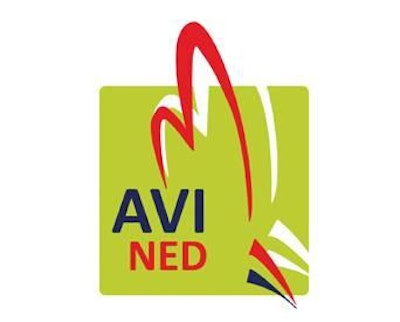
Sixty years of tradition in the Dutch poultry industry came to an end as 2014 drew to close, with the dissolution of the Product Board for Poultry and Eggs (PVE) and its replacement with three inter-branch organizations.
The PVE, established in the 1950s, brought together employers and employees, and was one of series of boards created in the agricultural sector and part of a model planned to be rolled out across all industrial sectors. Acting as an umbrella and support organization, it allowed employers and employees to decide a course of action that could then be transposed into legislation.
The PVE’s activities were financed via compulsory producer levies, and levies were also used to support research. Levies were calculated on the number of birds a producer may have had or processed. Additionally, the PVE carried out work for the Dutch government, and through this work gained additional revenue.
However, after a change in government, it was announced in late 2012 that the board structure in the Netherlands would come to an end. If poultry, or any other, producers wanted to organize, then it should be on a voluntary basis, the government argued, and without the imposition of compulsory levies.
In response to the announced change, it was decided by the various players in the poultry and egg sectors that there was a need to organize and to work together. Looking to Common Agricultural Policy rules, it was decided to form three inter-branch organizations, with one bringing together poultry meat producers (PLUIMNED), one for egg producers (OVONED), and the third (AVINED) to have responsibility for the industries' databases, for example the national poultry identification and registration database. Funding for PLUIMNED and OVONED comes from voluntary levies, while compulsory levies support the activities related to AVINED. A proportion of the funding from AVINED will then go to PLUIMNED. Additionally, funding is generated through the administration of the Netherlands’ quality scheme, the IKB.
New territory
But what will these changes mean for the Dutch poultry industry?
Ben Dellaert, AVINED director, explained that while producers were not happy about the change, they realize that it is a reality that must be worked with.
“We used to carry out regular polls across poultry and egg producers to see if the industry was happy, and the general conclusion from the last poll in 2012 was that 94 percent of members were satisfied. This high level of response surprised us, so we had the figures checked and they were correct.”
And while producer levies may now be lower, the inter-branch organizations will offer fewer services than the old PVE and, unsurprisingly, with the new structure in place, achieving change is likely to be more difficult than before.
“If we take Salmonella control, for example,” Dellaert explains, “under the old system, the board would decide what to do, there were two meetings and, at the second, draft legislation was finalized. This was then submitted to the Ministry of Economic Affairs and, within two months, there was legislation.
“Now, we are looking at nine months to achieve change, and we are reliant on the cooperation of someone from the Ministry. Now you need to ask for change.”
But the industry remains positive, continued Dallaert, adding that it will be a question of seeing how things work out. There are areas that will not change, such as the quality control scheme and, to date, things seem to have gone well.
And if ever there were a time when good cooperation between the public and private sectors was needed, 2014’s incursion of avian influenza was it.
“An example of good cooperation with the government was witnessed with the emergence of avian influenza in the Netherlands,” Dallaert said, “which saw the government work with AVINET as its partner of choice to help to bring the disease under control.“




.jpg?auto=format%2Ccompress&fit=crop&h=167&q=70&w=250)













